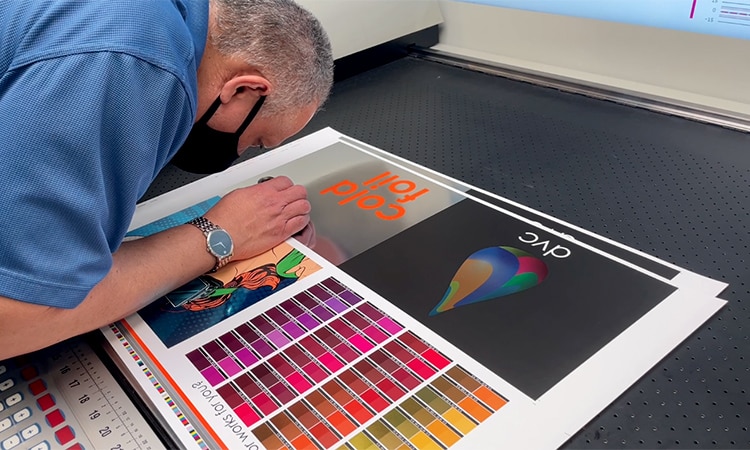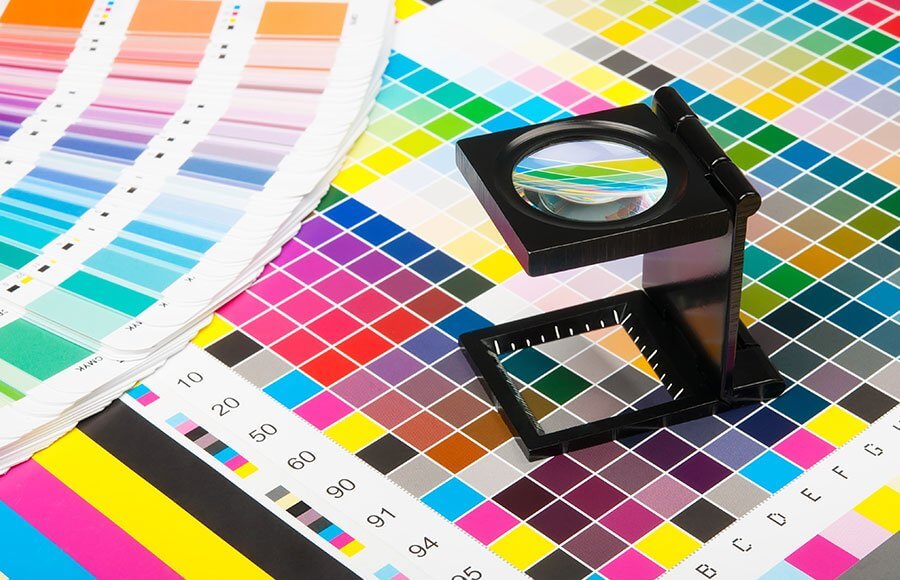Choosing the Right Company for Your litho printing Needs
Choosing the Right Company for Your litho printing Needs
Blog Article
A Comprehensive Guide to Understanding Litho Printing Techniques
The world of litho printing, a technique originating from the late 18th century, is an interesting blend of history, art, innovation and science. This extensive guide will unravel the complexities of this printing approach, from the make-up of litho inks to the challenges dealt with in modern applications. As we venture into the ins and outs of lithography, the importance of automation and sustainability in ensuring its future relevance comes to be increasingly clear. Stick with us as we journey right into the captivating world of litho printing.
The Historic Evolution of Litho Printing
The historical trajectory of litho printing, a critical advancement in the world of interaction, is a captivating tale of human ingenuity. Birthed in the late 18th century by Alois Senefelder, this technique was originally an economical technique of publishing staged jobs. Lithography, stemmed from the Greek words for 'stone' and 'to create', utilized a smooth stone surface to transfer photos onto paper. The process evolved with the introduction of the rotating press, which substantially enhanced productivity (litho printing). In the 20th century, the innovation of countered lithography revolutionized the market, enabling automation of top quality prints. Each stage of litho printing's development showcases humanity's unrelenting pursuit of efficiency and quality in aesthetic communication.
Decoding the Science Behind Litho Printing Inks
Progressing in the exploration of litho printing methods, the focus now changes to the science behind litho printing inks. The composition of these inks, their drying procedure, and shade mixing strategies form the backbone of this complicated art kind. Understanding these components is crucial to mastering the craft and achieving the desired print outcomes.
Composition of Litho Inks
In lithographic printing, the essential function of litho inks can not be overstated. The structure of litho inks differs depending on its function, but usually, they contain 2 main components - lorries and pigments. Pigments, the color-providing components, are carefully ground fragments put on hold in the lorry, a fluid that lugs the pigment onto the printing surface area. The vehicle is a complex mixture of oils, solvents, and materials, which influence the ink's drying out time, adhesion, and gloss. In addition, different additives are present to boost certain buildings like circulation, drying, and resistance to environmental effects. Each part plays a vital part in the final print's quality, making the precise formulation of litho inks a detailed scientific research.
Ink Drying Refine
From the composition of litho inks, focus transforms to the interesting procedure of ink drying out. 2 primary methods are made use of in litho printing: oxidative drying and absorption. Absorption, on the other hand, involves the ink permeating into the paper fibers, which is a much faster process however can lead to less vivid shades.
Shade Mixing Techniques
While the drying process plays a crucial function in litho printing, the science of shade blending methods holds equal address value. This is a complex procedure that includes the mindful mixing of primaries: cyan, magenta, and yellow, in varying percentages to attain a vast range of hues. The enhancement of black ink, referred to as 'essential', helps in managing the intensity and deepness of the colors. The scientific research behind litho printing inks likewise takes into consideration the openness of the ink, which affects exactly how colors overlay and mix. To attain an efficient color mix, print specialists must also understand the complexities of ink behavior, shade theory, and the physical residential properties of the substrate on which the ink is used.
The Art and Layout Elements in Litho Printing
Litho printing takes a breath life into art and design through its unique components. Litho printing suits a range of colors, allowing artists to develop vivid and vibrant prints. This combination of accuracy and adaptability makes litho printing a favored choice for many musicians and designers.
Modern Applications of Litho Printing Techniques
Litho printing strategies have found considerable use in the modern industrial sector. Its impact and significance proceed to expand with the arrival of brand-new innovations and modern technologies in the field. This area will check out these contemporary applications and the transformative function they play in the printing sector.
Industrial Litho Printing Makes Use Of
Litho printing continues to be an essential part of the industrial market. High-volume printing jobs, such as the manufacturing of publications, newspapers, and packaging, depend on litho printing for its capability to provide remarkable photo top quality and price efficiency. Litho printing also offers a broad color range, premium to that of electronic printing.
Technologies in Litho Printing
Pushing the boundaries of traditional strategies, modern innovations have actually you could check here sustained a host of technologies in litho printing. One famous growth is digital litho printing, which integrates the virtues of electronic innovation with litho's high-quality output. click resources These advancements highlight the long-lasting relevance of litho printing in the modern-day world.
Exploring the Process of Litho Printing: Detailed

Obstacles and Solutions in Contemporary Litho Printing

In spite of the precision and tradition that litho printing proudly supports, it is not without its collection of contemporary difficulties. Digital litho printing allows for economical short runs and simple modification, attending to the concern of variable information. Therefore, while there are difficulties, the litho printing market is proactively adapting to meet them head-on, ensuring its importance in the future.
Verdict
In verdict, litho printing, with its rich history and clinical intricacies, holds a significant location in the print industry. The future of litho printing pivots on its ability to adjust to these changing needs, affirming its long-lasting value in an advancing market.

Report this page